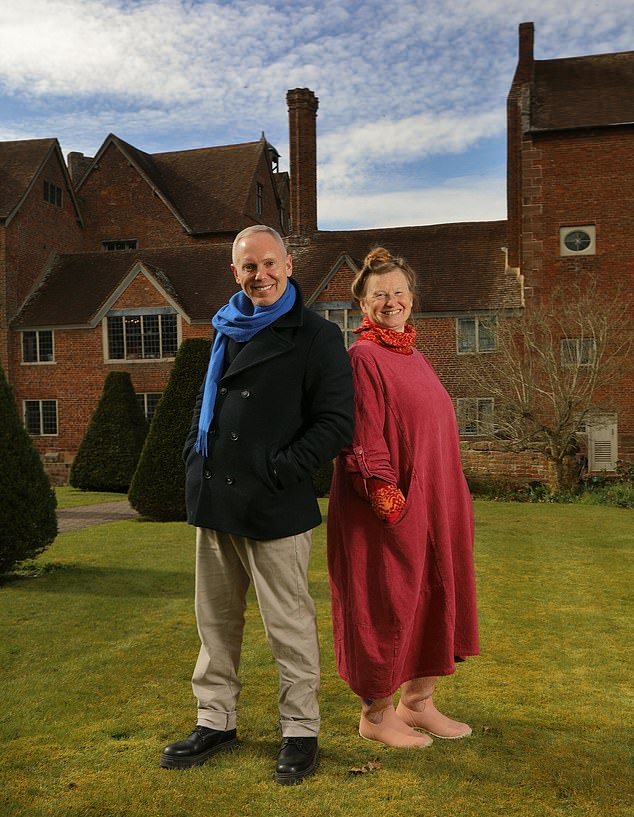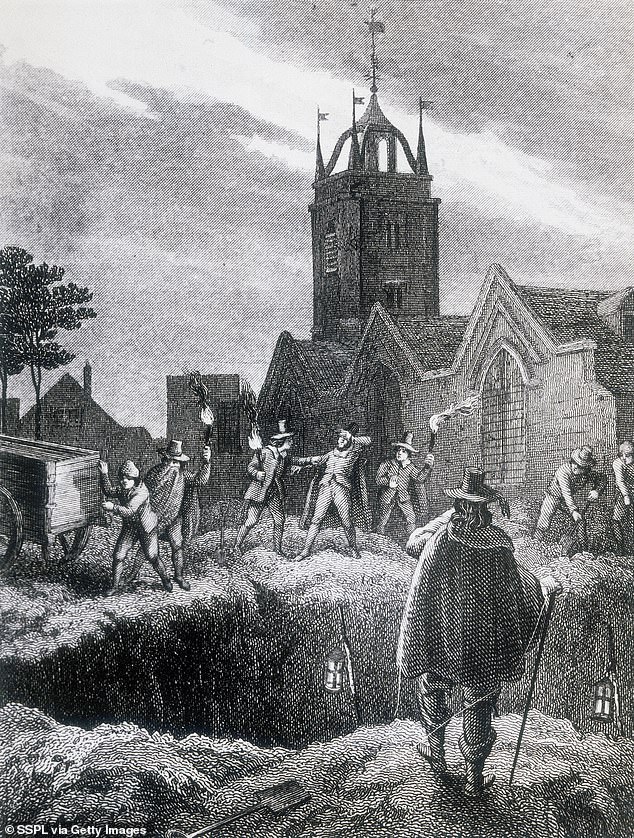The Great Plague With Rob Rinder & Ruth Goodman
Hard to credit, but the lockdown imposed on London during the Great Plague of 1665 was better organised and devised with more common sense than our own Covid shambles.
Here was an England without sewers, or antibiotics, where disease was so little understood that some people suspected plague was transmitted in bread.
Yet the Lord Mayor had the good judgment to order restrictions so that everyone was allowed to go outside at some point, whether or not their house was under quarantine.
The healthy went about as usual, but obeyed a curfew in the evening so that other people living with plague victims could escape their four walls for an hour or two.
Contrast that to the draconian, nonsensical rules forced on Britain during the pandemic, when nobody was allowed out at all except for essential reasons — and anyone living with a Covid patient was obliged to self-isolate rigorously for ten days.
Rob Rinder and Ruth Goodman offered no comparison of the differing rules between the 17th and 21st centuries, in The Great Plague. They had another modern concern: the inequalities between rich and poor.
TV historians love to inflict today’s morals on our ancestors, whether that’s castigating them for the evils of empire or bewailing the treatment of criminals. Rob and Ruth were thoroughly disapproving of the wealth gap in Restoration England.
In fact, most people would have seen the very notion of redistributing wealth through taxes and welfare as wicked.

Rob Rinder and Ruth Goodman were more concerned with the inequalities between rich and poor

Hard to credit, but the lockdown imposed on London during the Great Plague of 1665 was better organised and devised with more common sense than our own Covid shambles, writes CHRISTOPHER STEVENS
The gulf between social classes was something ordained by God, they believed: ‘The rich man in his castle, the poor man at his gate,’ as the hymn has it.
It’s a pity that this unhistorical attitude pervaded the programme, because it spoiled an absorbing depiction of how plague decimated London. The dressing-up box was well used, especially by Rob, who enjoyed himself enormously as a pampered gentleman.
Posing as ‘confirmed bachelor’ Sir William Turner, a benefactor to the poor, he donned a periwig and embroidered waistcoat to go riding in a sedan chair. ‘Servant!’ he commanded, ‘Maid! Shut the door!’
Secretly, Rob would love to be a Disney villain. He did try to show a more humane side, though: ‘I’ve got some leftover food for you later,’ he promised a serving wench.
Ruth, who is never happier than when knee-deep in the muck of Tudor and Stuart days, practised walking in pattens, the wooden clogs worn when walking through the slurry on London’s streets.
This was all entertaining, though more attention could have been paid to the detail of the script. Rob opened by explaining they would be, ‘diving into 1665, when a killer virus . . . left the city fighting for its life’.
In fact, as was later made clear, plague was caused not by a virus but a bacterium, Yersinia pestis.
Viruses, bacteria . . . one legacy of lockdown is that now, most of us know the difference.












